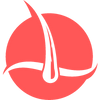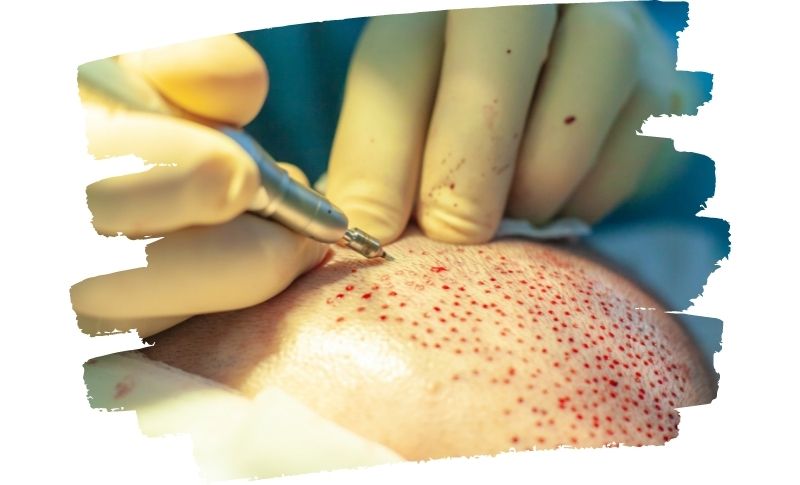Topical antiandrogens for the treatment of pattern baldness
Hamilton observed that when men with male pattern baldness were castrated it prevented further progression of hair loss; and that the hair loss in eunuchs induced by exogenous testosterone halted when testosterone treatment was discontinued. This leads to the assumption that it would be feasible to use an antiandrogen to halt or even reverse pattern baldness in men (and equally in women too). However, antiandrogen therapy for androgen-induced baldness is still in its infancy and relatively limited information is available on how it can be used and the appropriate formulations for use.
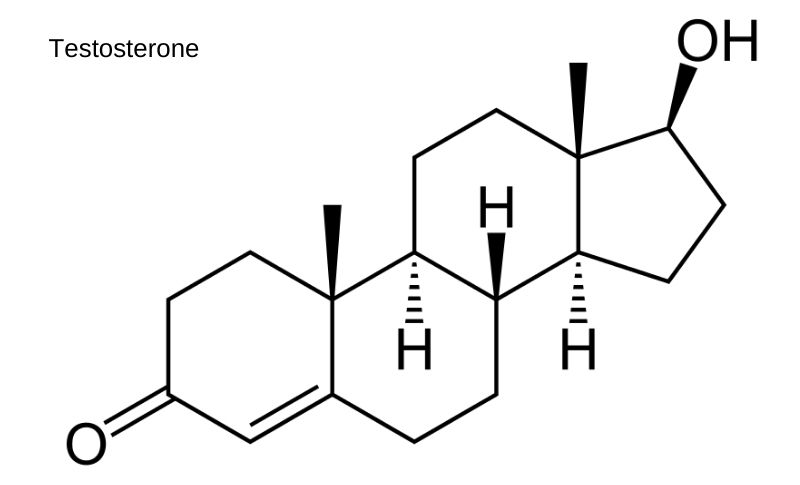
Anti androgen drugs used in medicine may be systemic or topical. Because systemic anti-androgens reduce circulating testosterone, which is required for normal male sexual functioning, their use in androgenetic alopecia is currently limited to women. A topical antiandrogen is administered by applying the compound to the surface of the skin, and appears to hold promise for treatment in men as well as women.
How do anti androgens work?
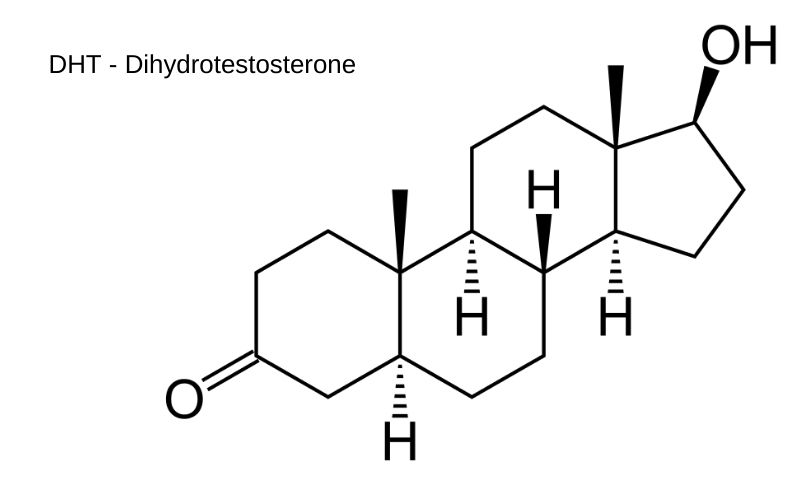
It is perceived that anti-androgens work to stop the Dihydrotestosterone (DHT) from binding to the androgen receptor. Antiandrogens may be weak agonists, which compete less well than endogenous hormones and dissociate rapidly from the androgen receptor, or potent agonists, which form a complex with the receptor molecule and dissociate slowly. The true antagonists of endogenous or exogenous androgens are the weak agonists, which rely only on a continuous supply of the compound to achieve full inhibition.
Cyoctol – Nonsteroidal antiandrogen
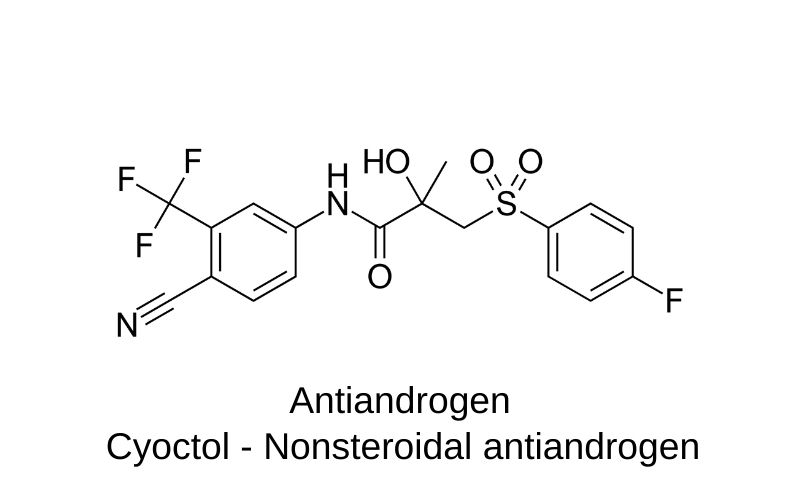
Cyoctol is a non-steroid antiandrogen, which displays neither estrogenic (causing the production of the female hormone estrogen) nor progestogenic (causing the production of the female hormone progesterone) activity. Non-steroidal anti-androgens act by competitively binding to the androgen receptors, preventing dihydrotestosterone from binding and effectively inhibiting the stimulatory effects of androgens. Cyoctol competitively inhibits DHT receptor binding and is completely metabolized in the skin after topical application.

The use of cyoctol has been reported in only one study in 1989 at the American Academy of Dermatology presentation. Though, the dropout rate was greater than 50 percent, ruling out any definitive results of the study, the results did suggest that topical antiandrogens had a beneficial effect on hair growth.
Topical antiandrogens
Topical antiandrogens are available on the internet and elsewhere. Often they are provided in liposomal formaulations which are vehicles to enhance the penetration of the drug into the skin. There are a number of studies that show liposomes target hair follicles and can carry drugs deep into hair follicles. In principle then, topical antiandrogen drugs could work for the treatment of pattern baldness in both men and women with androgenetic alopecia. However, in the absence of any detailed clinical studies it is difficult to say just effective they are and how much hair regrowth is possible with topical antiandrogen treatment.
